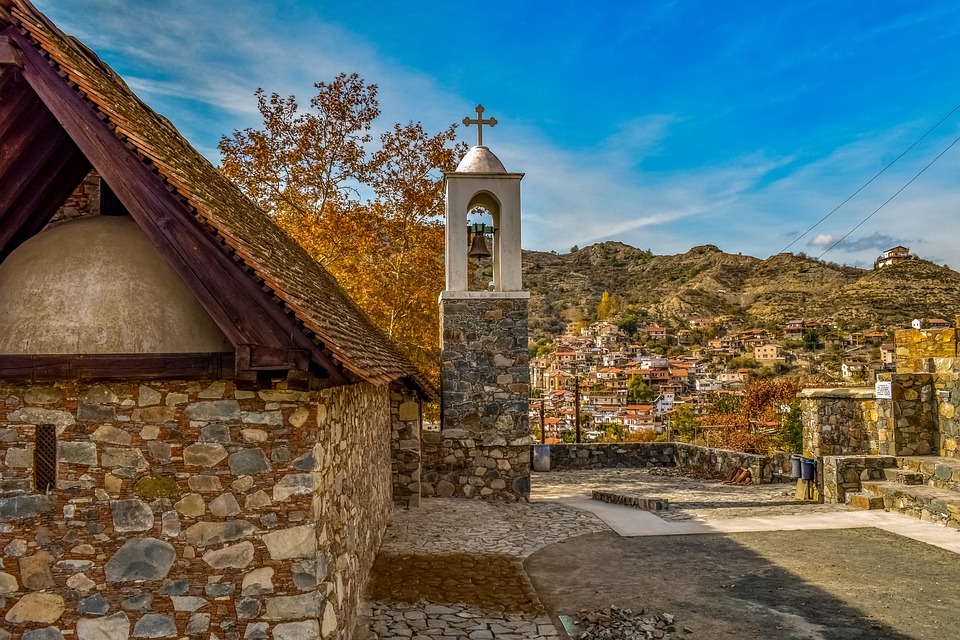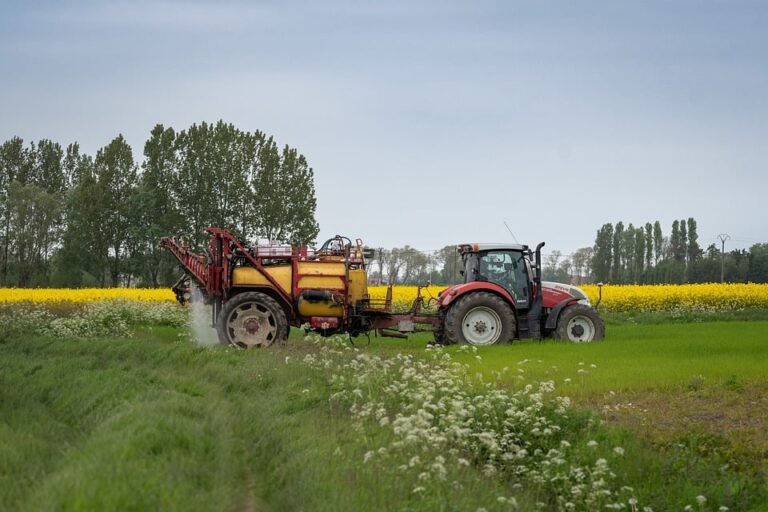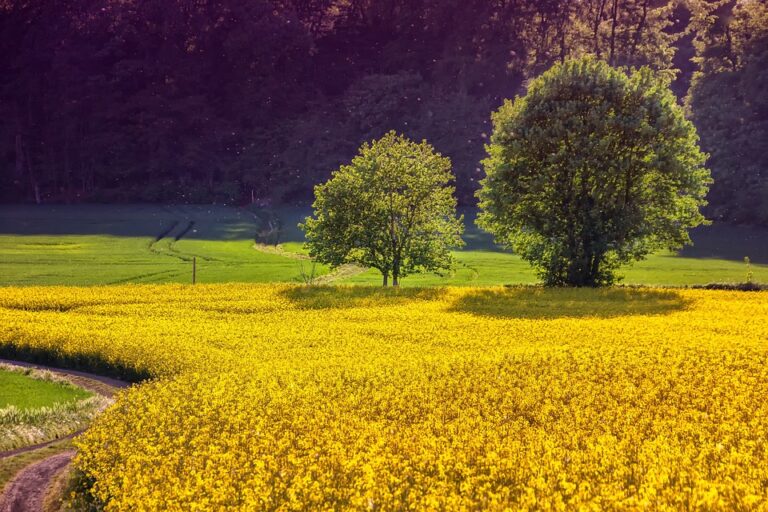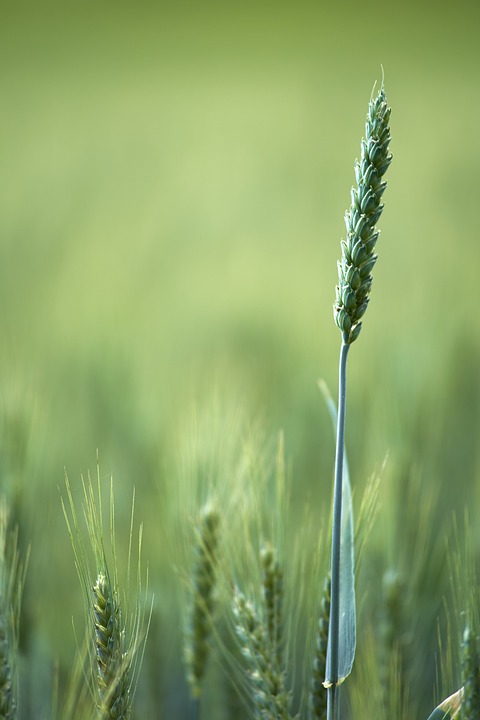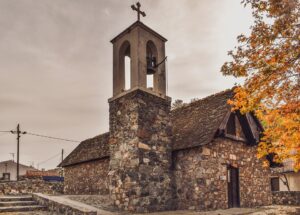Daily Life in 16th Century Russian Villages: Customs and Traditions
Introduction
In the 16th century, Russia was a vast and diverse country with a rich cultural heritage. The daily life in Russian villages during this period was heavily influenced by traditional customs and rituals that had been passed down through generations. In this article, we will explore some of the key customs and traditions that shaped daily life in 16th century Russian villages.
Social Structure
The social structure of 16th century Russian villages was centered around the family unit. Families lived in wooden houses that were usually built around a central courtyard. The head of the household was typically the oldest male, who was responsible for making decisions and providing for the family. Women were in charge of household chores and raising children, while children were expected to help with tasks such as farming and caring for animals.
Villages were also led by a local nobleman or landowner, who had authority over the villagers and collected taxes from them. The village was typically organized around a central church, which served as a gathering place for religious ceremonies and community events.
Religious Practices
Religion played a central role in the daily life of 16th century Russian villages. The Russian Orthodox Church was the dominant religious institution, and villagers were expected to attend church services regularly and observe religious holidays and fasts. Icons and religious paintings were common in village homes, and villagers often prayed and made offerings to saints for protection and prosperity.
Villagers also participated in religious processions and festivals, such as Easter and Christmas, which involved feasting, singing, and dancing. These celebrations were important social events that brought the community together and reinforced traditional values and beliefs.
Economic Activities
The economy of 16th century Russian villages was primarily based on agriculture. Villagers cultivated crops such as wheat, barley, and rye, and raised livestock such as cows, sheep, and pigs. The land was typically divided into communal plots that were worked by the villagers as a collective.
In addition to farming, villagers also engaged in other economic activities such as fishing, hunting, and trading. Some villagers worked as artisans, producing goods such as pottery, textiles, and tools. Trade routes connected villages to larger cities and towns, allowing villagers to exchange goods and services with people from other regions.
Food and Drink
The diet of 16th century Russian villagers was simple but hearty. Staple foods included bread, porridge, and vegetables such as cabbage and potatoes. Meat was consumed less frequently, as it was expensive and difficult to preserve without refrigeration.
Villagers also brewed their own alcoholic beverages, such as kvass (a fermented drink made from bread) and mead (a honey-based beverage). These drinks were often consumed during religious festivals and celebrations, and were believed to have medicinal properties.
Clothing and Fashion
The clothing worn by 16th century Russian villagers was practical and durable, reflecting the harsh climate and rural lifestyle. Men typically wore long shirts and trousers made of linen or wool, while women wore long dresses and headscarves. Both men and women wore boots made of leather or felt to protect their feet from the cold and damp.
Brightly colored embroidered patterns were common on clothing and accessories, and were often used to signify the wearer’s social status or religious affiliation. Traditional Russian clothing was also decorated with beads, fur, and other embellishments to add beauty and warmth.
Conclusion
In conclusion, daily life in 16th century Russian villages was characterized by a strong sense of community, tradition, and cultural heritage. Villagers lived in close-knit family units and relied on each other for support and survival. Religious practices, economic activities, food and drink, clothing and fashion were all important aspects of daily life that helped to shape the unique customs and traditions of Russian villagers during this period.
